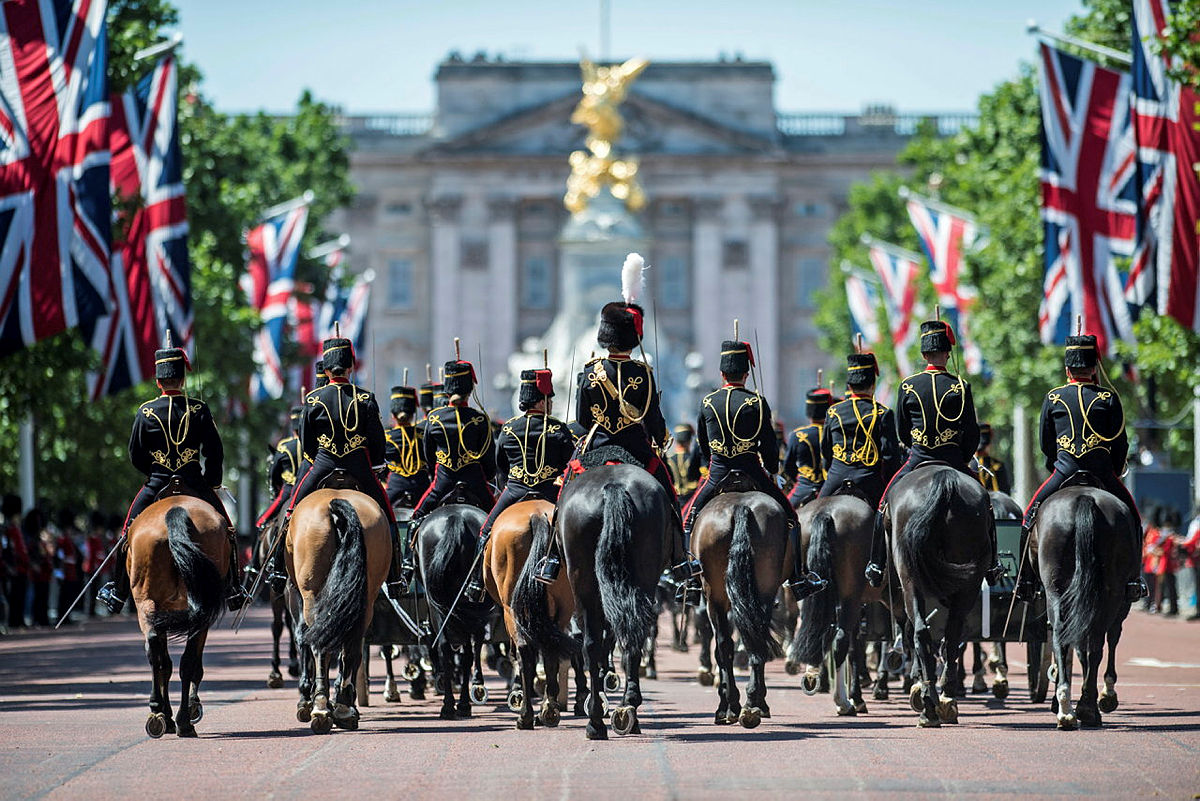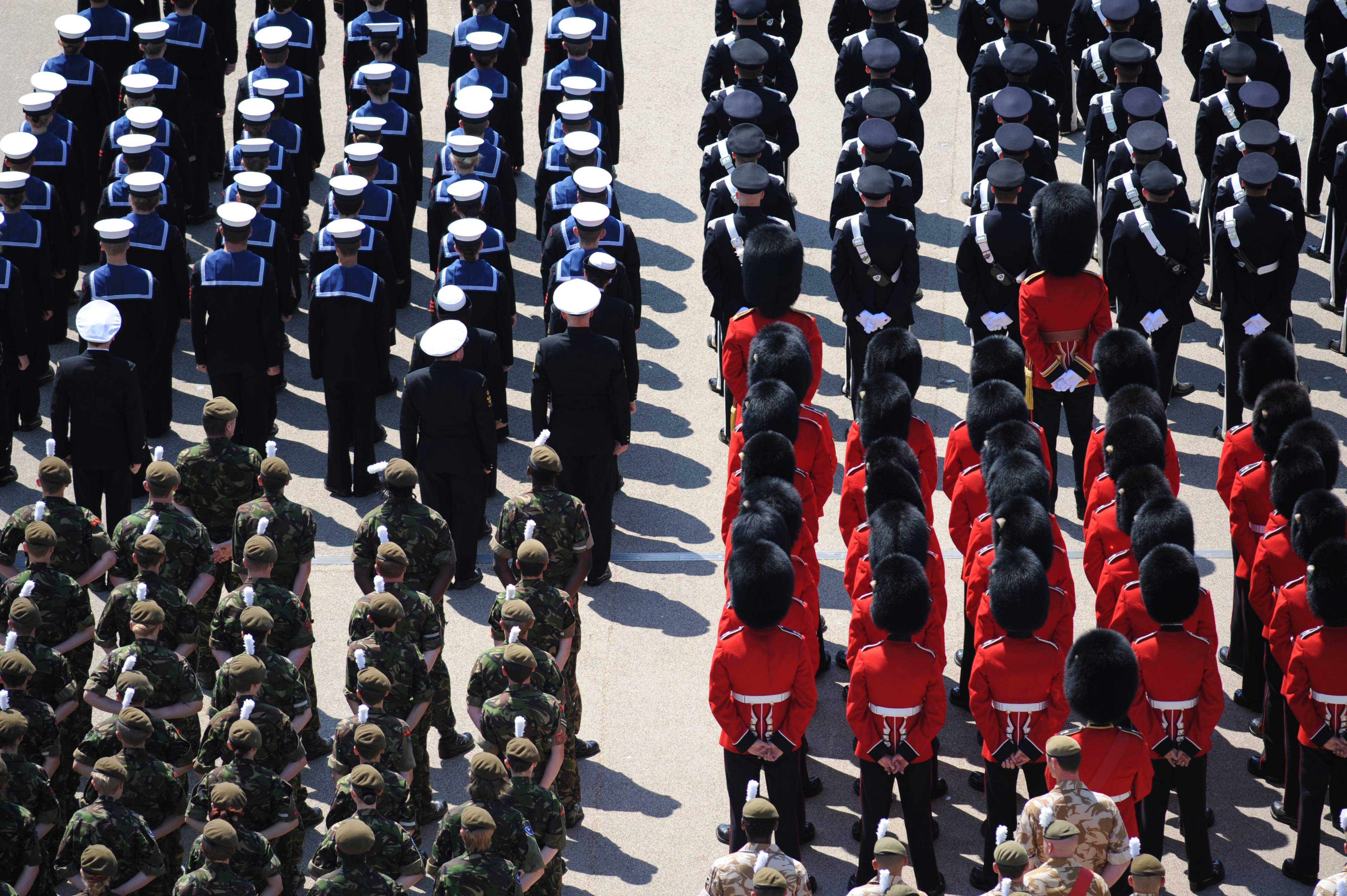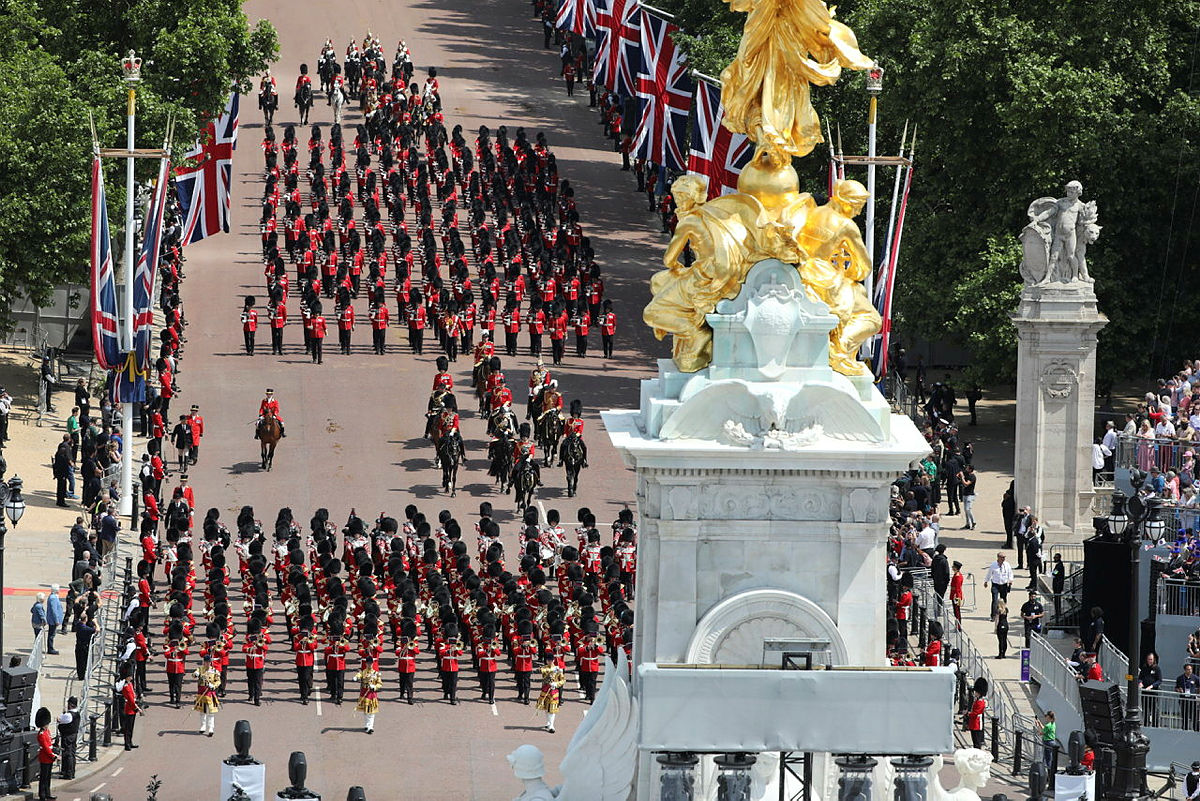A lanyard is also referred to a fourragère – and is a braided cord with a sharp spike at one end. The fourragère is a very old component of some military uniforms and originates from the French uniforms where it was used to bundle forage for pack animals or cavalry horses.
The lanyard first gained symbolic importance during the Dutch Revolt from 1568-1648. It is said that the Duke of Alba’s troops fled the field against the Dutch rebels. The Duke was so angry that he vowed to hang every single man in the unit if they retreated again and consequently forced them to wear a fourragère, or lanyard, around their shoulder to remind them of the fact. After the next battle the Duke of Alba was so impressed by their bravery that he them permitted them to wear the cord as a reminder of their oath to fight.
The symbol was later revived by Napoleon for the French army and then passed to the American military uniforms during the First World War. Originally lanyards were cords worn to fasten armour, to carry small items, or to keep weapons from being lost. They date back to when signals were issued by whistle. The lanyard would make it easier to reach for items out of the soldiers pocket and made it virtually impossible to lose the compass, whistle, or pistol should they be knocked over. They now serve a limited purpose as whistles are not often used.
 Until the 1950s lanyards in the British military were only an officially authorised dress embellishment for officers although some regiments paid for them and wore them unofficially. As part of the post war tidy-up of embellishments, it was agreed that any embellishment which was approved by the War Office Dress Committee established in 1946 would be supplied by Ordnance as an official issue and the issue of lanyards was extended more widely.
Until the 1950s lanyards in the British military were only an officially authorised dress embellishment for officers although some regiments paid for them and wore them unofficially. As part of the post war tidy-up of embellishments, it was agreed that any embellishment which was approved by the War Office Dress Committee established in 1946 would be supplied by Ordnance as an official issue and the issue of lanyards was extended more widely.
Lanyards are still often used to hold onto things and make them more accessible. In the Australian Army the different Corps of the Army wear various coloured lanyards, and Infantry Battalions wear them on the opposite arm. From a distance you could often tell which corps people belonged to by their lanyard (or their hat badge, colour patch or even beret colour).
In the 19th century, lanyards were also used by artillery units in the 19th century to hold devices to adjust the fuses on artillery shells. On ceremonial uniforms, they moved the lanyard to be worn over the shoulder and it is colour coded to identify a unit, or position (Honour Guard, Colour Guard, Representative, etc.)
The first list of authorised lanyards was published as an Army Council Instruction in 1953.
To view the range of lanyards worn by the UK armed forces today, click here.




